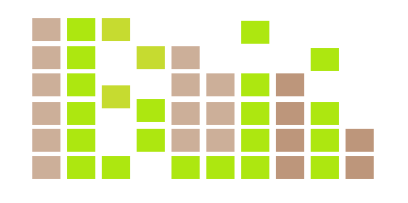Today’s Events
- Episodes - SOCIAL BREAKS
11:11 AM - 1:11 PM Episodes - SOCIAL BREAKSTime: 11:11 AM - 1:11 PM
Episodes - SOCIAL BREAKSTime: 11:11 AM - 1:11 PM Posted by: BlaqAll work & No Play make everyone Agitated. Take a break to Refresh with family & friends. Educate & Entertain yourself simultaneously for awesome rewards
Virtual & target POS stations
+ Google calendar
Posted by: BlaqAll work & No Play make everyone Agitated. Take a break to Refresh with family & friends. Educate & Entertain yourself simultaneously for awesome rewards
Virtual & target POS stations
+ Google calendar
